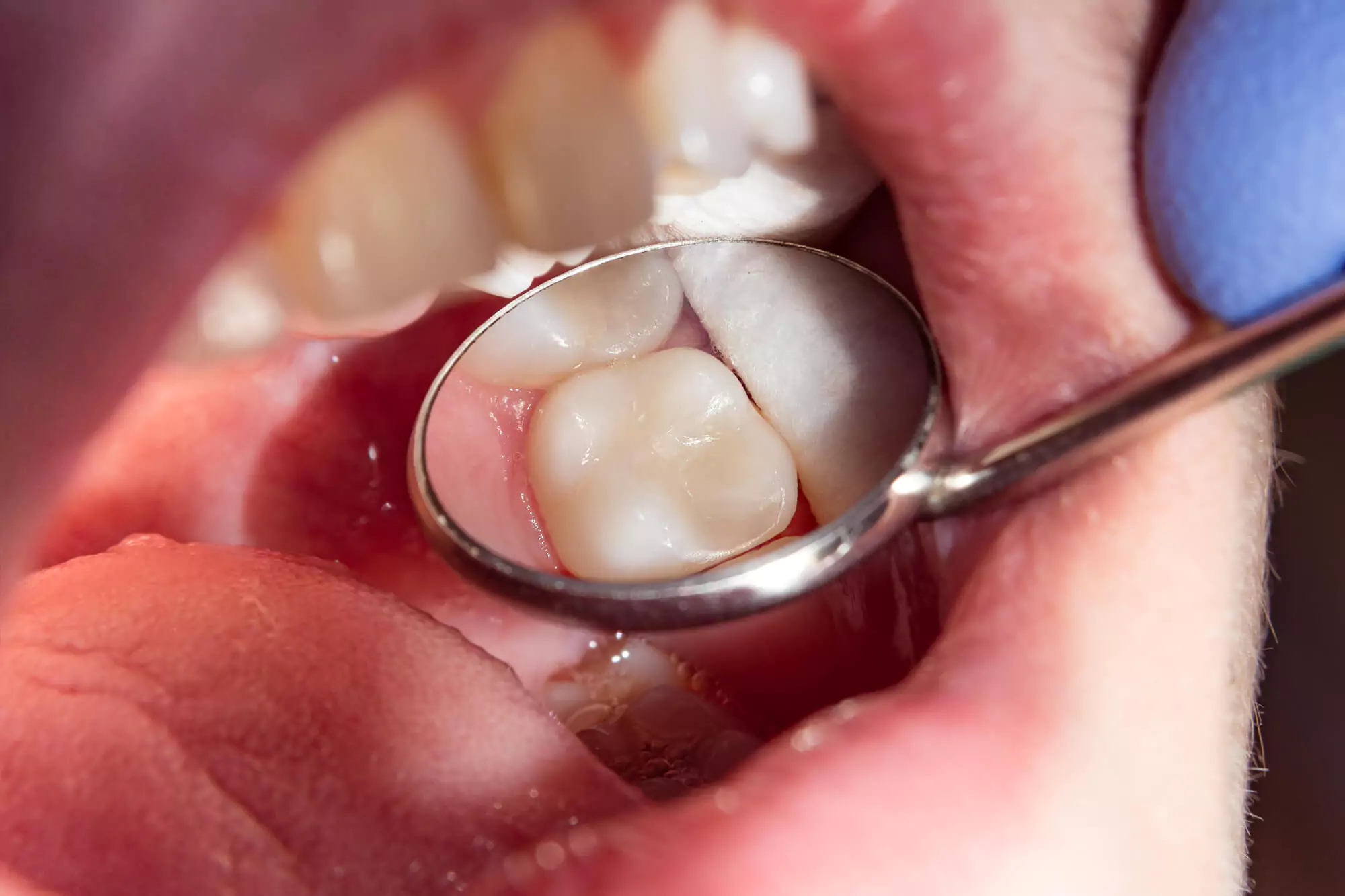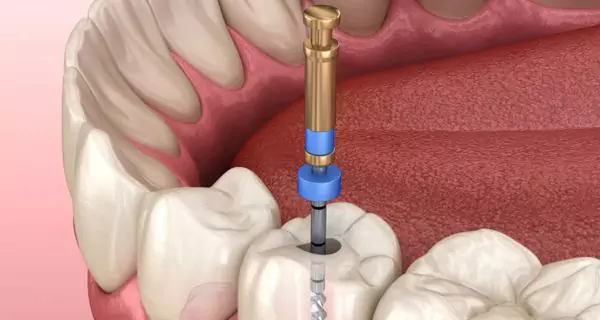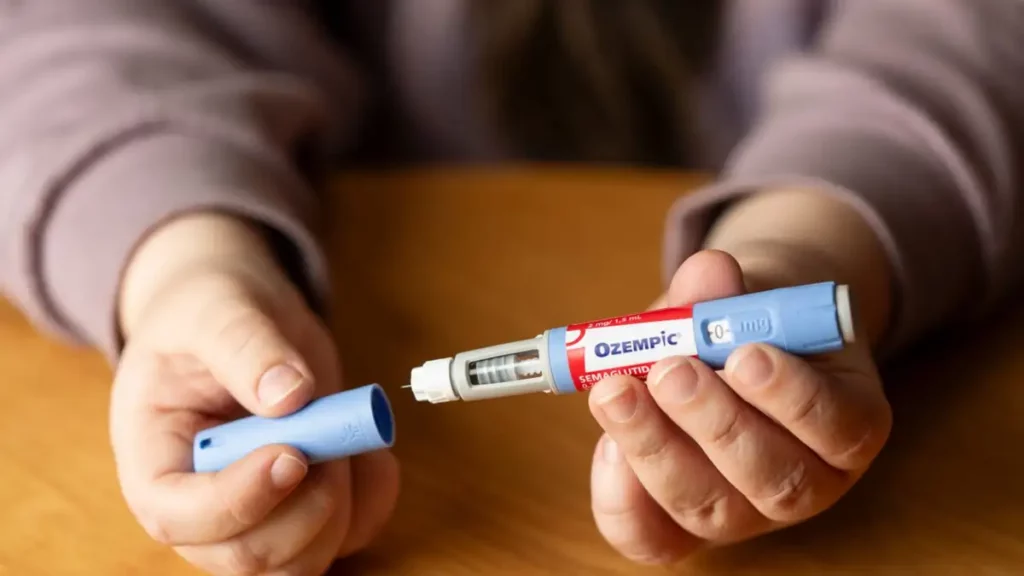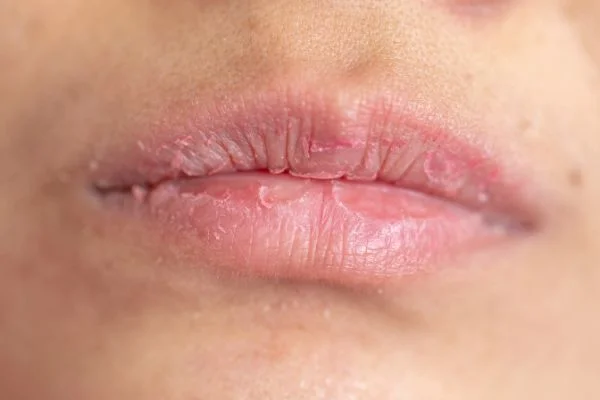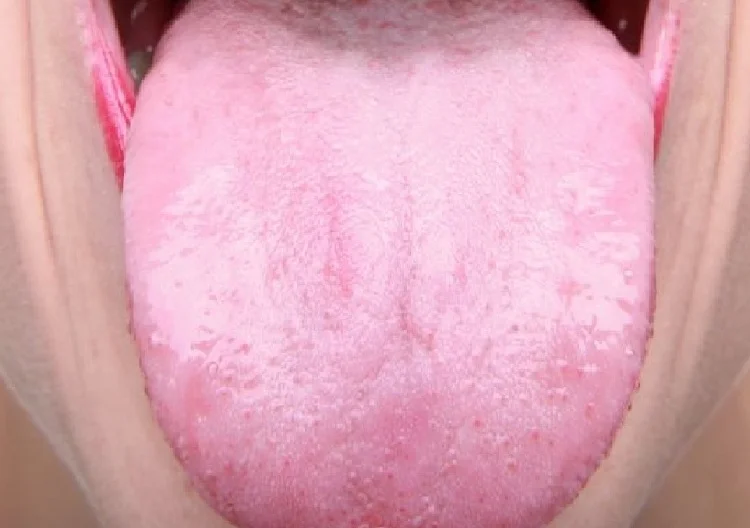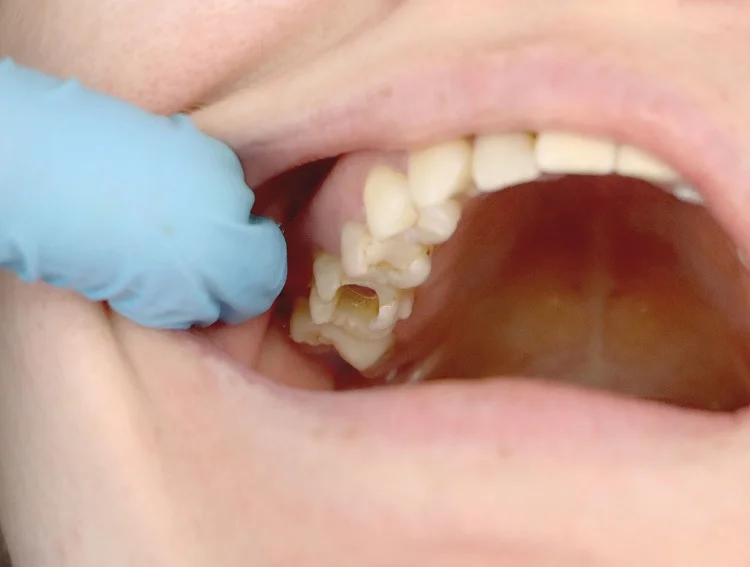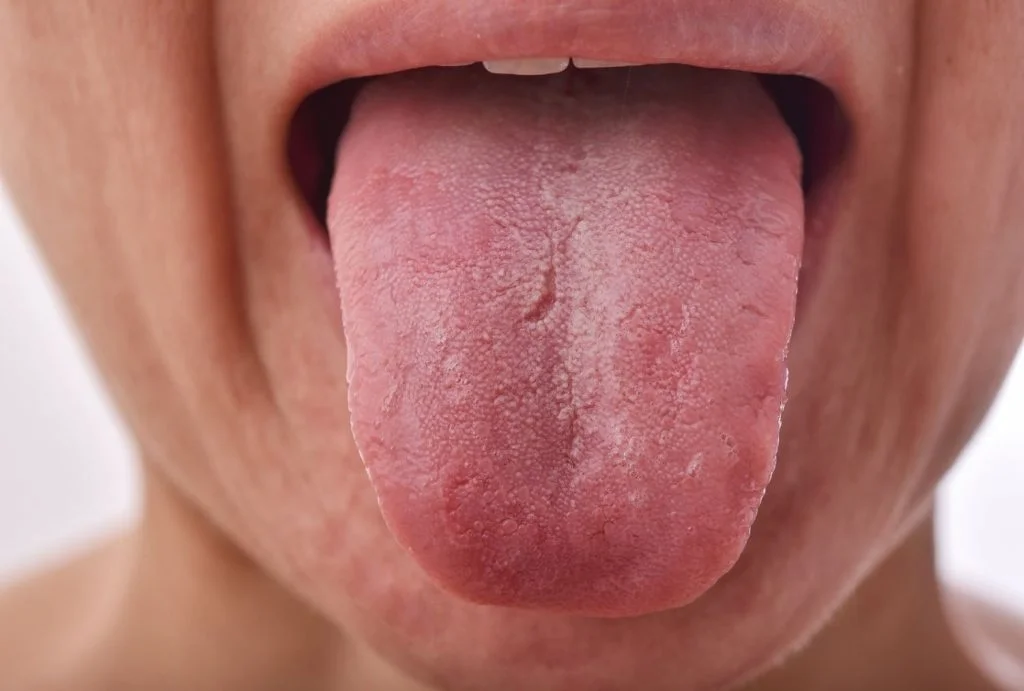Last Updated on: 19th September 2025, 12:30 pm
You may need a root canal if you have persistent tooth pain, sensitivity to hot or cold that lingers, swelling, tooth discoloration, pain when chewing, or a cracked or loose tooth. These are signs the pulp inside your tooth may be infected or damaged. Only a dentist can confirm the need for a root canal, but if you notice these symptoms, schedule a visit as soon as possible to save your tooth and avoid further complications.
If you’ve ever had a toothache, you know how intense and unbearable it can be. People describe it as one of the worst pains they’ve ever felt. A bad toothache can completely stop your routine, making eating, sleeping, focusing, or even thinking hard.
Such pain often means something is wrong deep inside the tooth. It could be a sign that the nerve is damaged or infected. When that happens, one of the best ways to relieve the pain, avoid serious complications, and save the tooth is through a root canal treatment.
How do you know if you need a root canal? In this article, we’ll walk you through the most common symptoms, why this treatment is important, what is involved in the procedure , and how to prevent problems in the future.
What is a root canal and why is it needed?
A root canal, also known as endodontic treatment, is a dental procedure used when the pulp of a tooth (the soft tissue inside the root) becomes damaged, inflamed, or infected. This pulp contains nerves and blood vessels, and when something affects it, the pain can be quite severe.
Root canal treatment removes the damaged tissue, cleans the inside of the tooth, and seals it. This helps keep your natural tooth in place, which is better for chewing, appearance, and overall oral health.
You should know that this treatment is more common than you might think. According to the American Association of Endodontists (AAE), more than 15 million root canals are performed each year in the United States. That’s over 40,000 every single day, proving just how trusted and routine this procedure has become.
So, far from being rare or extreme, a root canal is a safe and effective way to save your tooth and stop the pain.
What happens during a root canal?
The procedure is done under local anesthesia, so you won’t feel pain – only a little pressure or vibration. In fact, in most cases, the root canal helps relieve the pain caused by the infection.
Here’s a simple breakdown of the process:
- The dentist numbs the area with local anesthesia.
- They open the tooth to reach the damaged pulp.
- The inside of the tooth is cleaned and disinfected.
- The canals are filled with a special biocompatible material.
- The tooth is rebuilt with a filling or, if needed, a crown.
After the treatment, it’s normal to feel some sensitivity or mild pain for a few days. Don’t worry, this can easily be managed with over-the-counter medication like ibuprofen or acetaminophen.
How long does a root canal take?
Most root canals take about 60 to 90 minutes, depending on the tooth:
- Front teeth (like incisors or canines) usually have one root and take about 45–90 minutes.
- Molars and premolars have multiple roots, so treatment can take longer, sometimes over 2 hours.
In some cases, more than one appointment may be needed, especially if:
- The tooth has a complex root structure.
- infection or pus needs thorough cleaning.
- The dentist wants to make sure the tooth is fully disinfected before sealing it.
Why might you need a root canal?
There are several reasons why the pulp of a tooth can get damaged or infected:
- Deep cavities: When decay isn’t treated in time, it spreads deeper and affects the nerve.
- Injuries or trauma: A hit to the mouth, even without visible damage, can harm the nerve inside the tooth.
- Excessive wear: Grinding your teeth (bruxism) or erosion from acid can wear down enamel and expose the pulp.
- Repeated dental treatments: Teeth that have been filled or worked on many times may become weaker and more prone to infection.
How to know if need root canal?
While only a dentist can confirm if you need a root canal, here are some clear signs to watch for:
Persistent pain
If a tooth keeps hurting, even without eating or touching it, the pulp might be inflamed or infected. The pain may feel like a throbbing pulse, a stabbing sensation, or just constant discomfort.
Sensitivity to heat or cold
Does your tooth hurt after eating or drinking something cold or hot, and does the pain linger? That could be a sign the nerve is affected.
Pain from cold might go away with a simple filling, but pain from heat is often a clear sign of nerve damage; it usually means a root canal is needed.
Cracked or chipped tooth
Even a small crack or chip in your tooth can let bacteria in, leading to infection over time. You may not feel pain right away, but the damage can still affect the nerve inside.
Cracked, chipped, or even knocked-out teeth often need root canal therapy, especially if the pulp is exposed or injured. Treating them early will help avoid an infection and save the tooth.
Tooth discoloration
If a tooth turns gray or darker than the others, it may be due to dying pulp tissue from reduced blood flow. This warning sign shouldn’t be ignored.
Pain when chewing or touching the tooth
Pain from biting or even touching the tooth may indicate pressure from inflammation or infection around the root. It may also point to a lesion or abscess.
Swollen gums or a pimple near the tooth
A swollen or red gum near the painful tooth, especially with a small bump or “pimple,” may be an abscess, which is a pocket of infection. These can release pus, cause bad breath, and require immediate treatment.
Loose tooth
If one tooth feels looser than usual, it might be due to bone loss around the root from prolonged infection. While more than one loose tooth might indicate gum disease, a single loose tooth can point to nerve damage needing a root canal.
If you notice one or more of these signs, don’t ignore them. The sooner you act, the easier it is to treat and save the tooth.
What are the best home remedies and products to relieve tooth pain?
Sometimes you can’t get to the dentist right away, maybe it’s nighttime or the weekend. While you wait for your appointment, here are some ways to ease the pain:
- Saltwater rinse: Mix half a teaspoon of salt in a glass of warm water and rinse your mouth for 30 seconds. This helps reduce inflammation and kills bacteria.
- Cold compress: Apply a cold pack to your cheek (wrapped in a towel) for 15–20 minutes. This helps reduce swelling and numbs the area.
- Clove oil: Clove oil contains natural anesthetic and antibacterial properties. Put a small amount on a cotton ball and place it on the sore tooth.
- Peppermint tea bags: Used tea bags (cooled) can have a soothing effect. The menthol can help numb the pain naturally.
- Garlic: Crushed garlic has antibacterial effects. You can make a paste and apply it to the affected area or chew a small clove gently.
- Over-the-counter medication
- Ibuprofen or acetaminophen help reduce inflammation and manage pain.
- Gels like Orajel numb the gums temporarily, but follow the product instructions carefully.
These are temporary solutions. They don’t treat the cause, just the symptoms. Be sure to see a dentist as soon as possible.
What happens if you don’t get a root canal?
Ignoring a dental infection can lead to serious consequences. Not only will the pain likely get worse, but the infection can spread to the bone, neighboring teeth, or even other parts of your body.
If the tooth is left untreated, you may eventually need to have it extracted. And while dental implants and bridges are great solutions, nothing is better than keeping your natural tooth whenever possible.
How can you prevent the need for a root canal?
While trauma from accidents can’t always be prevented, most root canals are needed because of untreated cavities or infections. Here’s how to reduce your risk:
Keep up with daily dental care
- Brush your teeth twice a day with fluoride toothpaste.
- Floss daily to clean between teeth.
- Use mouthwash with fluoride or antibacterial ingredients.
Cut back on sugar and acidic drinks
- Sugary and acidic foods feed bacteria that cause decay.
- If you eat them, rinse your mouth or brush your teeth afterward.
Protect your teeth
- If you grind your teeth at night, ask your dentist about a mouthguard.
Visit your dentist regularly
- Get a dental checkup every 6 months to catch problems early.
- Professional cleanings help remove buildup and avoid some dental problems.
When should you see a dentist immediately?
There are warning signs that mean you should see a dentist right away:
- swelling in the face or jaw
- intense, throbbing tooth pain
- fever along with dental pain
- pus draining from the gum or a bad taste in the mouth
These may indicate that the infection is spreading. Early treatment is key to avoiding serious health issues.
Conclusion: listen to your mouth
Knowing when you might need a root canal is just as important as brushing your teeth every day. Paying attention to the signs, acting quickly, and seeing your dentist in time can be the difference between saving your tooth and losing it.
A root canal isn’t something to fear, it’s a treatment that brings relief, restores your oral health, and helps you keep your smile.
The sooner you act, the easier the solution will be.
Frequently Asked Questions
Can a root canal fail?
Do I still need a root canal if the pain goes away?
Why is my tooth still sore after a root canal?
What if the tooth breaks after a root canal?
Will I need a crown after a root canal?
Voice and Search (Q&A)
How do I know if I need a root canal?
You may need a root canal if you have severe tooth pain, sensitivity to heat or cold that lingers, swollen gums, a pimple near the tooth, or tooth discoloration.
What happens if I don’t get a root canal?
If you don’t get a root canal, the infection can spread to the bone, other teeth, or even other parts of your body. You may eventually lose the tooth.
Does a root canal hurt?
No, a root canal is done under local anesthesia, so you won’t feel pain during the procedure. In fact, it usually helps relieve the toothache caused by the infection.
Share
References
1. AAE. (2024, May 23). Root canal explained. American Association of Endodontists. https://www.aae.org/patients/root-canal-treatment/what-is-a-root-canal/root-canal-explained/
2. Cleveland Clinic Professional. (2023, November 20). Root canal. Cleveland Clinic. https://my.clevelandclinic.org/health/treatments/21759-root-canal
3. Gulabivala, K., & Ng, Y. L. (2023). Factors that affect the outcomes of root canal treatment and retreatment—A reframing of the principles. International Endodontic Journal, 56(S2), 82–115. https://onlinelibrary.wiley.com/doi/10.1111/iej.13897
4. Hecht, M. (2019, December 20). Do you need a root canal? 7 telltale symptoms. Healthline. https://www.healthline.com/health/do-you-need-a-root-canal-7-common-telltale-symptoms
5. WebMD Collaborators. (2023, August 27). An overview of root canals. WebMD. https://www.webmd.com/oral-health/root-canals
-
Dr. Yeidy Carolina Mesa [Author]
DDS Yeidy Carolina Mesa Passionate Dentist | Advocate for Accessible Oral Health Education Graduating from Universidad CES in 2022, I am a dedicated general dentist with a lifelong passion for helping others and making a meaningful impact in the world. My journey into dentistry began at the age of 7, inspired by my own experience with braces and overcoming a fear of the dentist. This personal journey shaped my mission to help patients conquer their own dental anxieties and embrace a healthier,...
View all postsRecent Posts
-
Nayibe Cubillos M. [Medical Reviewer]
Pharmaceutical Chemestry |Pharmaceutical Process Management | Pharmaceutical Care | Pharmaceutical Services Audit | Pharmaceutical Services Process Consulting | Content Project Manager | SEO Knowledge | Content Writer | Leadership | Scrum Master
View all posts
A healthcare writer with a solid background in pharmaceutical chemistry and a thorough understanding of Colombian regulatory processes and comprehensive sector management, she has significant experience coordinating and leading multidisciplina...



